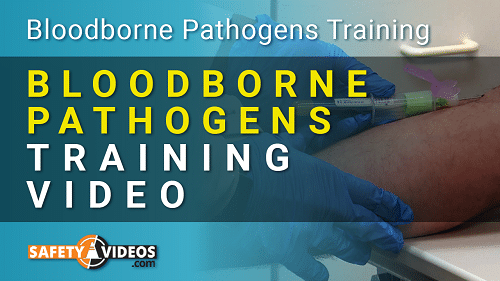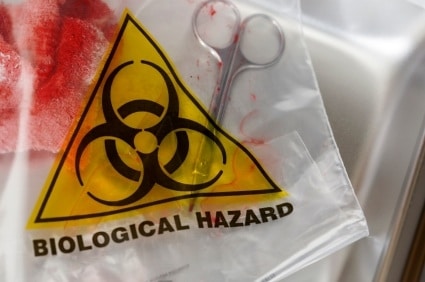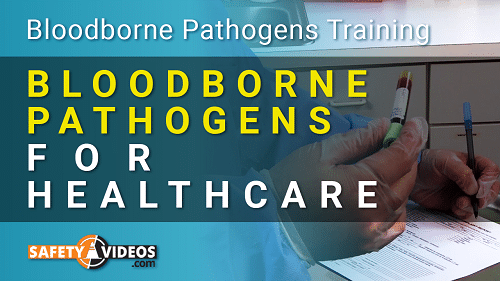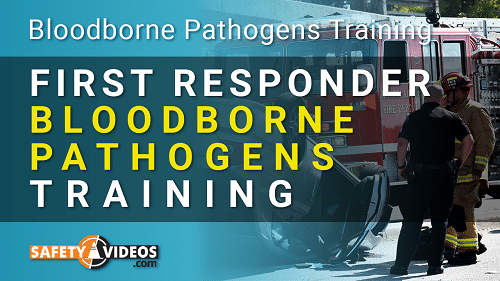Bloodborne Pathogens Training – [Complete Video Package]
$239

This bloodborne pathogens training will help ensure your facility is OSHA compliant for training on the bloodborne pathogens standard for General Industry. Bloodborne pathogens can create a real health hazard in most any working environment, but they are often unavoidable when injuries occur. This Bloodborne Pathogen Training Video will give you and your employees a thorough understanding of pathogens and how they spread, as well as proper protocol for handling blood and other bodily fluids on the job.
This Training on Bloodborne Pathogens Covers the Following:
Most employees think they are immune to Hepatitis B, Hepatitis C, HIV, or other bloodborne pathogen diseases passed by blood from one person to another. However, ALL employees can become exposed under some very common scenarios, such as:
- Helping a co-worker who has an accident and is bleeding
- Using a piece of equipment that has blood on it from a previous user who hurt themselves
- Disposing of blood-contaminated waste materials
Workers face these types of scenarios every day and proper training will help them from contracting a bloodborne disease, or, other coming in contact with potentially infectious materials.
This Bloodborne Pathogens Training Video Discusses These Topics:
- A full explanation to viewers of exactly what is a bloodborne pathogen and why it’s important to protect yourself from bloodborne diseases. What potentially infectious materials are found in human blood?
- What are the types of bloodborne diseases you can contract by coming in contact with an infected person’s blood
- What are the different ways that bloodborne pathogens can be transmitted in the workplace?
- What is an OSHA “Exposure Control Plan” and how does it impact occupational exposure to blood borne pathogens?
- What are the requirements for Hepatitis B vaccination programs in the workplace?
- What are some examples of other potentially infectious materials or OPM?
- What are the procedures that should be followed if an accidental exposure to a bloodborne pathogen occurs and why is this important for occupational safety in the workplace?
- How are “Standard Precautions” defined in an exposure control plan?
- What role does engineering controls and personal protective equipment (PPE) play in a bloodborne pathogens program?
- What to do if you are exposed to blood in the workplace and how does this impact your environmental health and safety program
- The importance of good housekeeping practices and their role in your facilities Exposure Control Plan
- How to dispose of waste used to cleanup a blood exposure
- and much more…
Providing your employees with training on bloodborne pathogens is not only an OSHA compliance issue, but it’s the best way to reduce potentially dangerous situations related to contact with contaminated blood. This course on bloodborne pathogens teaches the principles found in OSHA’s bloodborne pathogens standard and should be a key part of any employee safety training program at your facility. All of your employees need BBP training so be sure to make this topic part of your overall safety training program.
Available as a DVD or USB Stick, this 20 minute long training video is also available in English or Spanish language versions.
Bloodborne Pathogens Training Video – Full Length Preview:
16 reviews for Bloodborne Pathogens Training – [Complete Video Package]
| 5 star | 62% | |
| 4 star | 37% | |
| 3 star | 0% | |
| 2 star | 0% | |
| 1 star | 0% |
![Bloodborne Pathogens Training - [Complete Video Package]](https://www.safetyvideos.com/wp-content/uploads/2022/02/products-72-2-150x150.png)




Video was informational and very well put together.
Our team liked this package
Good video and the price was not out of this world!
Essential for compliance.